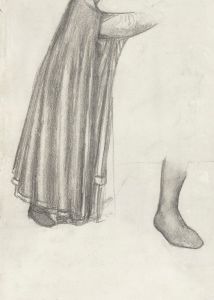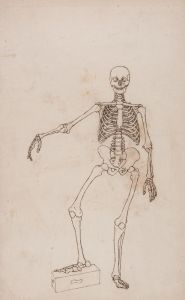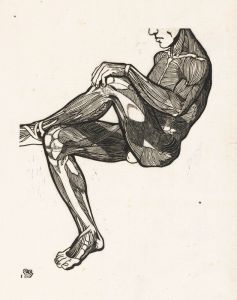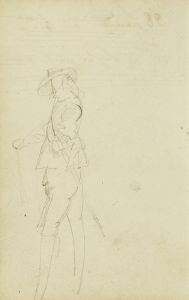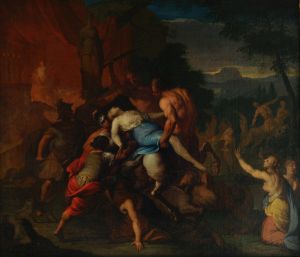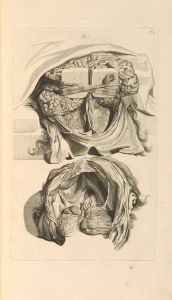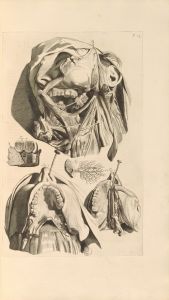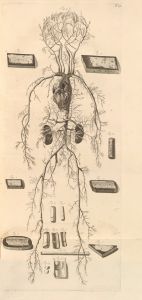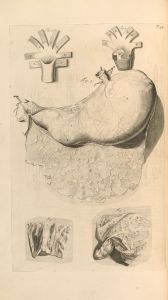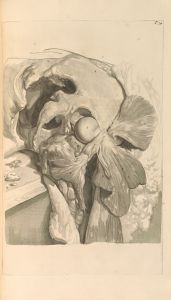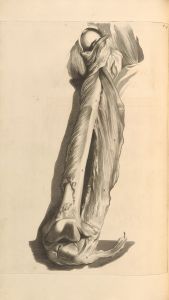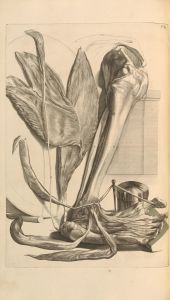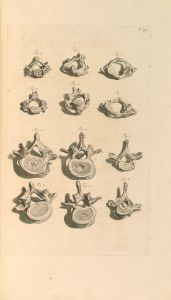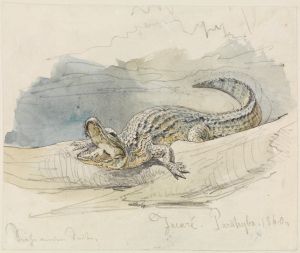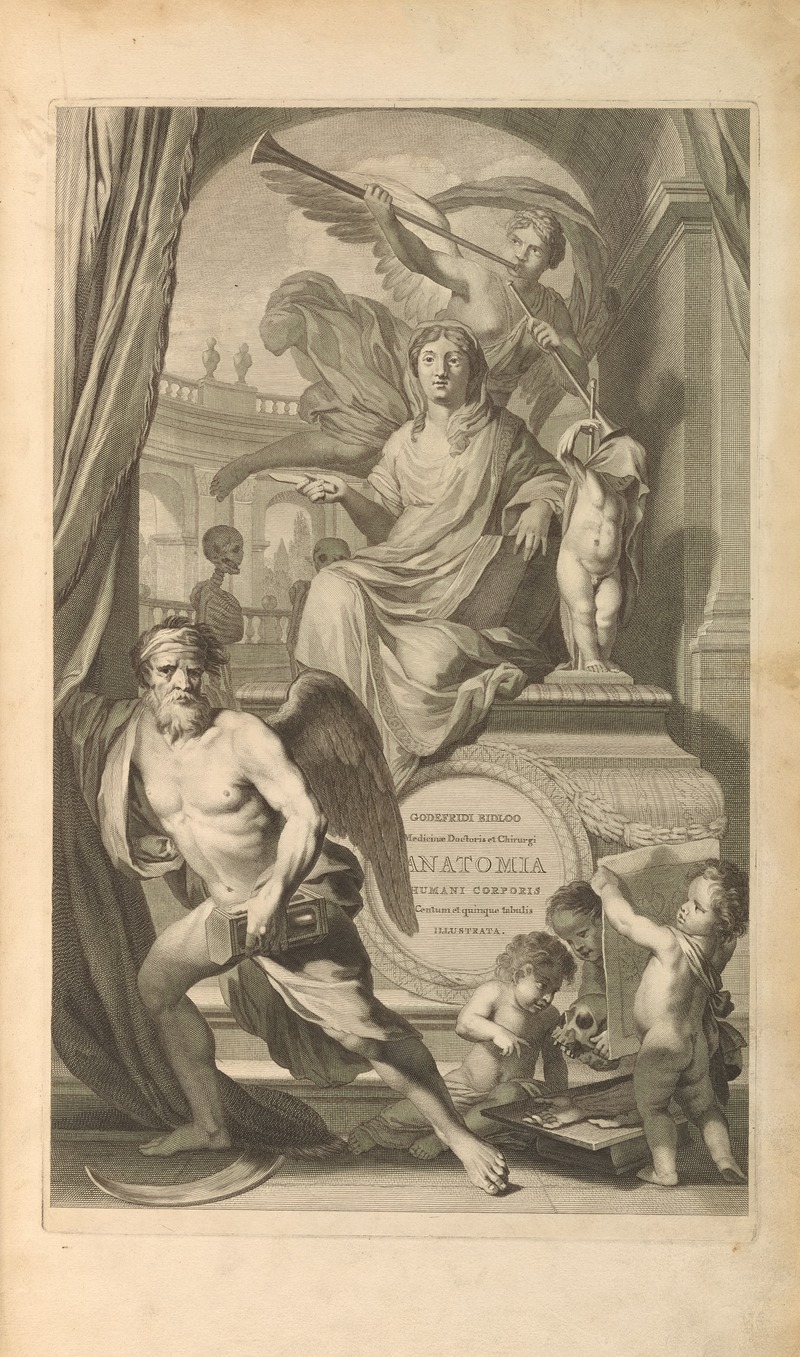
Anatomia humani corporis Pl.001
A hand-painted replica of Gerard de Lairesse’s masterpiece Anatomia humani corporis Pl.001, meticulously crafted by professional artists to capture the true essence of the original. Each piece is created with museum-quality canvas and rare mineral pigments, carefully painted by experienced artists with delicate brushstrokes and rich, layered colors to perfectly recreate the texture of the original artwork. Unlike machine-printed reproductions, this hand-painted version brings the painting to life, infused with the artist’s emotions and skill in every stroke. Whether for personal collection or home decoration, it instantly elevates the artistic atmosphere of any space.
Anatomia humani corporis Pl.001 is an illustration created by the Dutch Golden Age artist Gerard de Lairesse. This artwork is part of a larger collection of anatomical drawings that were included in the book "Anatomia Humani Corporis," which was published in 1685. The book was a collaborative effort between de Lairesse and the renowned Dutch anatomist Govard Bidloo.
Gerard de Lairesse (1640-1711) was a prominent painter and art theorist in the Netherlands. He was known for his classical style and his ability to depict complex subjects with clarity and precision. Despite suffering from congenital syphilis, which eventually led to blindness, de Lairesse made significant contributions to the arts and sciences of his time.
The "Anatomia Humani Corporis" was an ambitious project aimed at providing a detailed and accurate representation of the human body. Govard Bidloo, who was a professor of anatomy and the personal physician to William III of England, wrote the text for the book. He sought to improve upon previous anatomical works by offering more precise and comprehensive illustrations. To achieve this, he enlisted the help of de Lairesse, whose artistic skills were well-suited to the task.
The illustration Pl.001 is the first plate in the series and serves as an introduction to the anatomical studies that follow. It typically features a detailed depiction of the human skeleton, showcasing the bones and their connections. De Lairesse's meticulous attention to detail and his ability to render the human form with accuracy are evident in this work. The illustration is not only scientifically informative but also artistically impressive, reflecting the high standards of both the artist and the anatomist.
The collaboration between Bidloo and de Lairesse resulted in a work that was both scientifically valuable and aesthetically pleasing. The illustrations in "Anatomia Humani Corporis" were praised for their accuracy and detail, and they contributed to the advancement of anatomical knowledge during the late 17th century. The book was used as a reference by medical professionals and scholars, and it remains an important historical document in the field of anatomy.
In summary, "Anatomia humani corporis Pl.001" by Gerard de Lairesse is a significant anatomical illustration that exemplifies the collaboration between art and science during the Dutch Golden Age. The work is part of a larger collection that aimed to provide a detailed and accurate representation of the human body, and it continues to be recognized for its artistic and scientific contributions.





